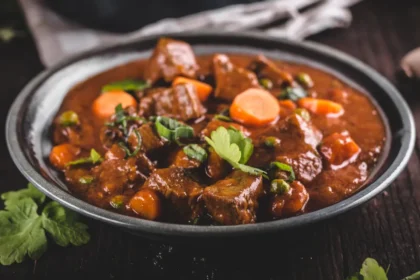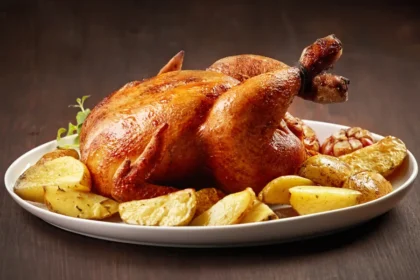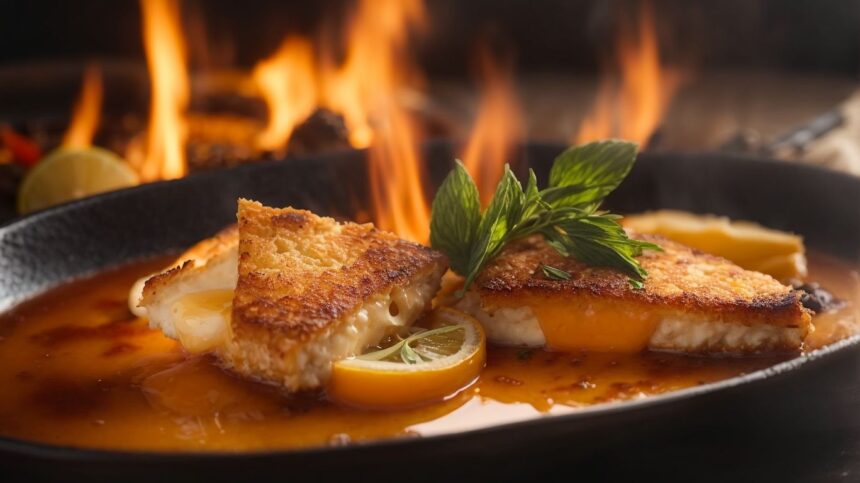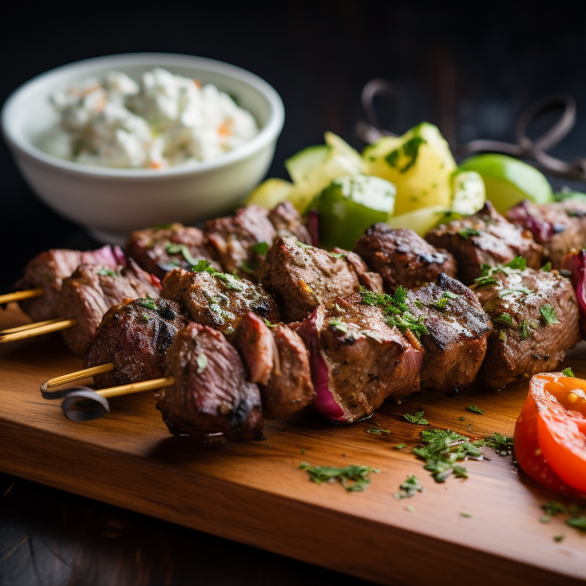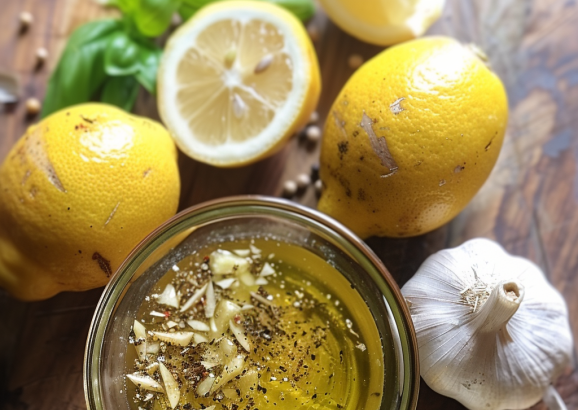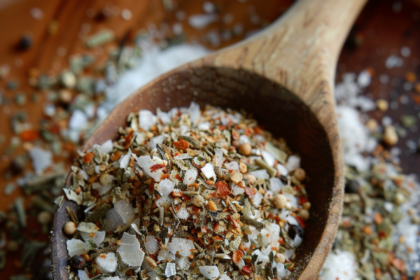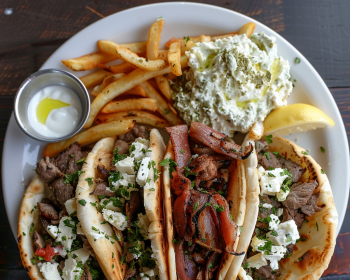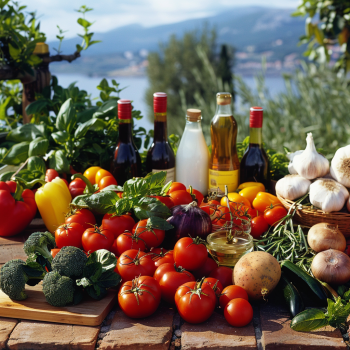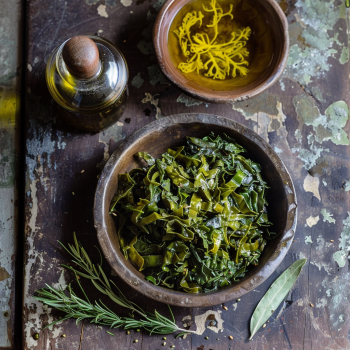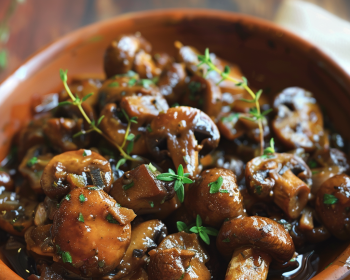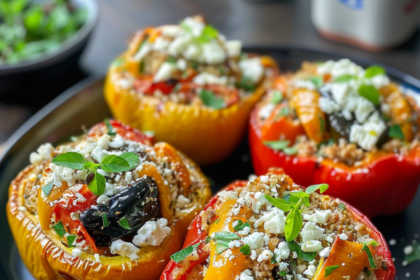
Passion for Greek Cuisine & Taste
At the heart of Cooking with Greek People lies a tale of passion, tradition, and the desire to share the rich tapestry of Greek culinary heritage with the world. It all began with a group of Greek food enthusiasts and chefs who believed that the essence of Greek culture could be shared through its distinctive and flavorful cuisine. Through this vision, Cooking With Greek People was born—a place where the richness of Greek traditions meets modern culinary exploration.
Cooking With Greek People brings together a wide variety of Greek and international recipes, tailored for every taste and dietary preference. From traditional Mediterranean flavors to modern and experimental dishes, the website offers detailed, easy-to-follow instructions, practical tips on ingredients, and cooking techniques. Whether you’re cooking at home or on the move, Cooking With Greek People serves as your trusted guide to creating impressive meals and discovering new ideas in the kitchen.
Categories
Must Read
Discovering the Perfect Greek Saganaki Cheese: A Culinary Delight
Greek cuisine is renowned for its vibrant flavors and hearty dishes, and saganaki, a traditional Greek appetizer, perfectly encapsulates this spirit. This delectable treat, often…
Best Beef Souvlaki: juicy and tender chunks of Greek inspired beef
Indulge in the mouthwatering experience of sinking your teeth into the succulent and tender chunks of beef souvlaki. In Greece, grilling meats is not just…
The Rich History and Cultural Significance of Greek Bread
Immerse yourself in a world of captivating aromas and mouthwatering flavors as we explore the rich history and cultural significance of Greek bread. From the…
Delicious Ancient Greek Desserts
Traditional Recipes and Tantalizing Flavors Greek desserts are renowned for their rich flavors, sweet aromas, and unique textures that have delighted people for centuries. From…
Classic Greek Kitchen Essentials for Authentic Cooking
Greek food is known for its unforgettable flavors and age-old cooking ways. To make these authentic Greek culinary creations yourself, you need the right tools.…
Discovering the Perfect Greek Saganaki Cheese: A Culinary Delight
Greek cuisine is renowned for its vibrant flavors and hearty dishes, and saganaki, a traditional Greek appetizer, perfectly encapsulates this spirit. This delectable treat, often…
Best Beef Souvlaki: juicy and tender chunks of Greek inspired beef
Indulge in the mouthwatering experience of sinking your teeth into the succulent and tender chunks of beef souvlaki. In Greece, grilling meats is not just…
The Rich History and Cultural Significance of Greek Bread
Immerse yourself in a world of captivating aromas and mouthwatering flavors as we explore the rich history and cultural significance of Greek bread. From the…
Delicious Ancient Greek Desserts
Traditional Recipes and Tantalizing Flavors Greek desserts are renowned for their rich flavors, sweet aromas, and unique textures that have delighted people for centuries. From…
Classic Greek Kitchen Essentials for Authentic Cooking
Greek food is known for its unforgettable flavors and age-old cooking ways. To make these authentic Greek culinary creations yourself, you need the right tools.…
Discovering the Perfect Greek Saganaki Cheese: A Culinary Delight
Greek cuisine is renowned for its vibrant flavors and hearty dishes, and saganaki, a traditional Greek appetizer, perfectly encapsulates this spirit. This delectable treat, often…
Best Beef Souvlaki: juicy and tender chunks of Greek inspired beef
Indulge in the mouthwatering experience of sinking your teeth into the succulent and tender chunks of beef souvlaki. In Greece, grilling meats is not just…
The Rich History and Cultural Significance of Greek Bread
Immerse yourself in a world of captivating aromas and mouthwatering flavors as we explore the rich history and cultural significance of Greek bread. From the…
Chicken
Greek Lemon Garlic Marinade Recipe for Flavorful Dishes
Incorporating the flavors of the Mediterranean into your cooking can elevate any meal, and one of the best ways to do this is with a…
Pork
Greek Pork Gyros: Savor the Authentic Flavor
Embark on a culinary journey to the heart of Greece with my Authentic Greek Pork Gyros recipe. This delightful twist…
Vegeterian
Mediterranean Diet: Healthy Eating for a Vibrant Life
Have you ever wondered why the people living around the Mediterranean Sea seem to enjoy remarkable longevity and low rates of chronic diseases? The answer…
Desserts
Fresh Fruit Toppings – Delicious Additions for Every Dish
Have you ever wondered how professional chefs transform ordinary dishes into culinary masterpieces? The secret…
Greek Melomakarona: A Delightful Tradition
Greek cuisine is renowned for its rich flavors, diverse ingredients, and deep-rooted traditions. Among its…
Moustokouloura Cookies: Discover the Delicious Tradition
Discover the mouthwatering tradition of Greek Moustokouloura cookies. Made with grape must, these cookies represent…
Greek Honey Cake: A Delicious and Traditional Dessert
Greek cuisine is renowned for its rich flavors and healthy ingredients, and desserts are no…








